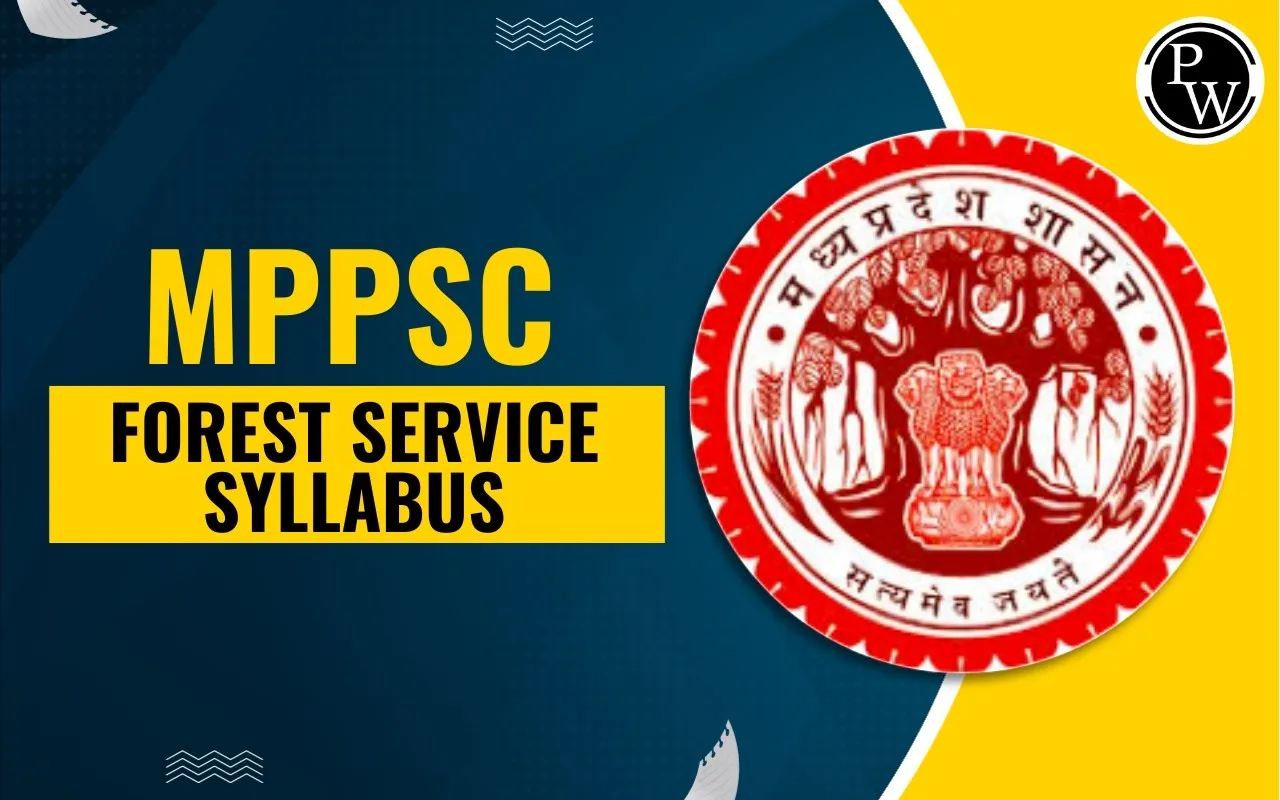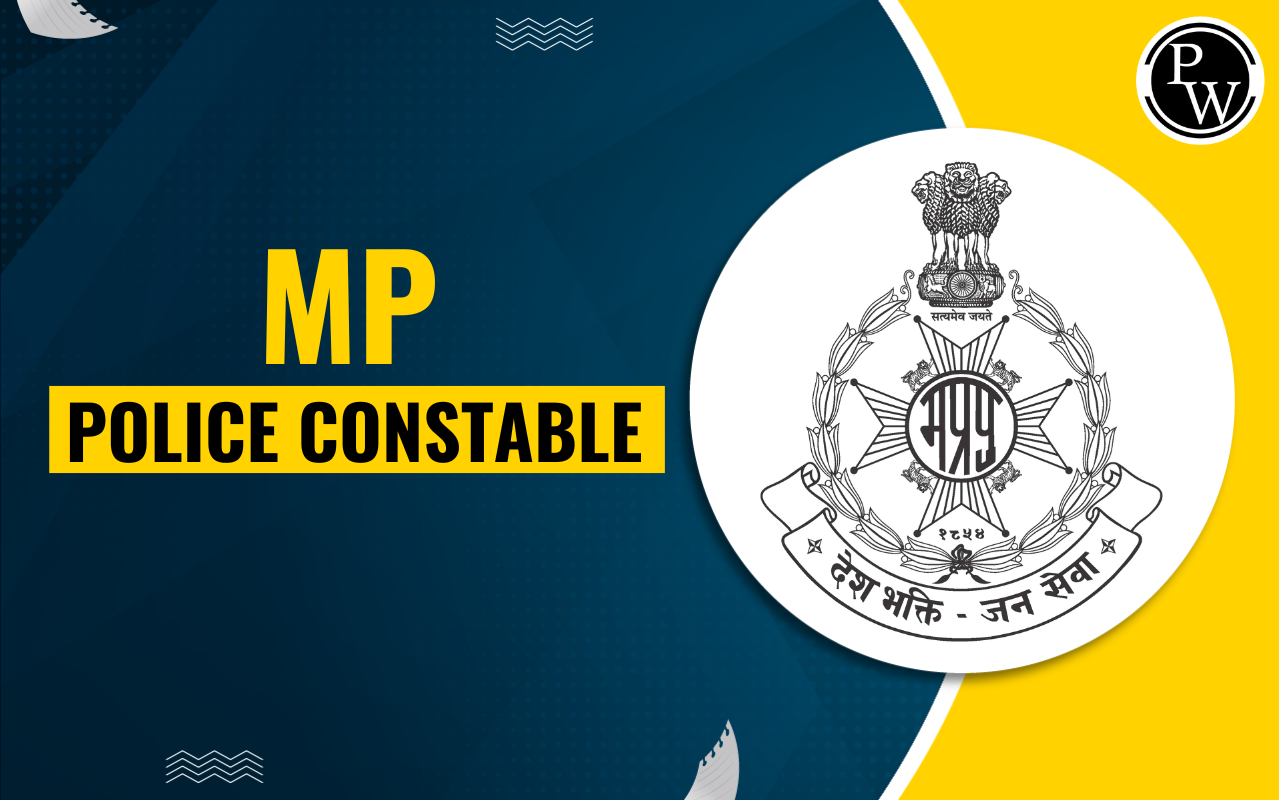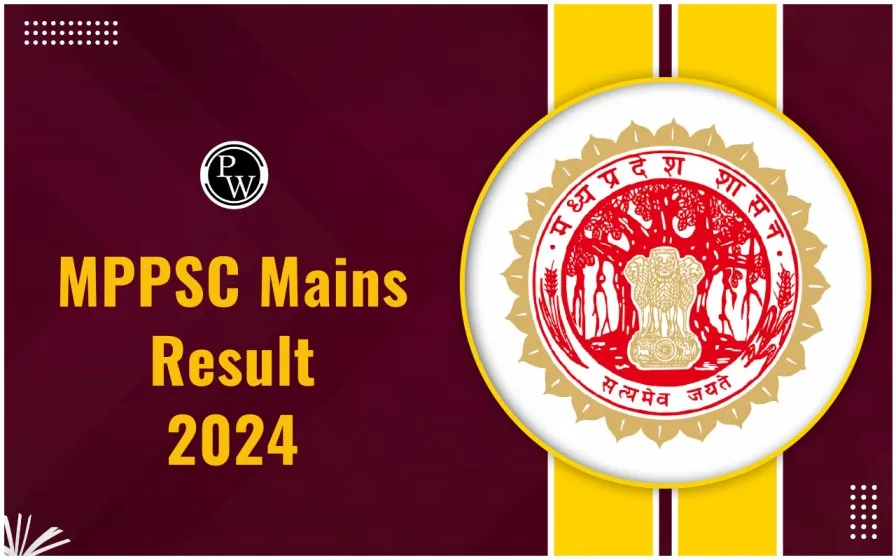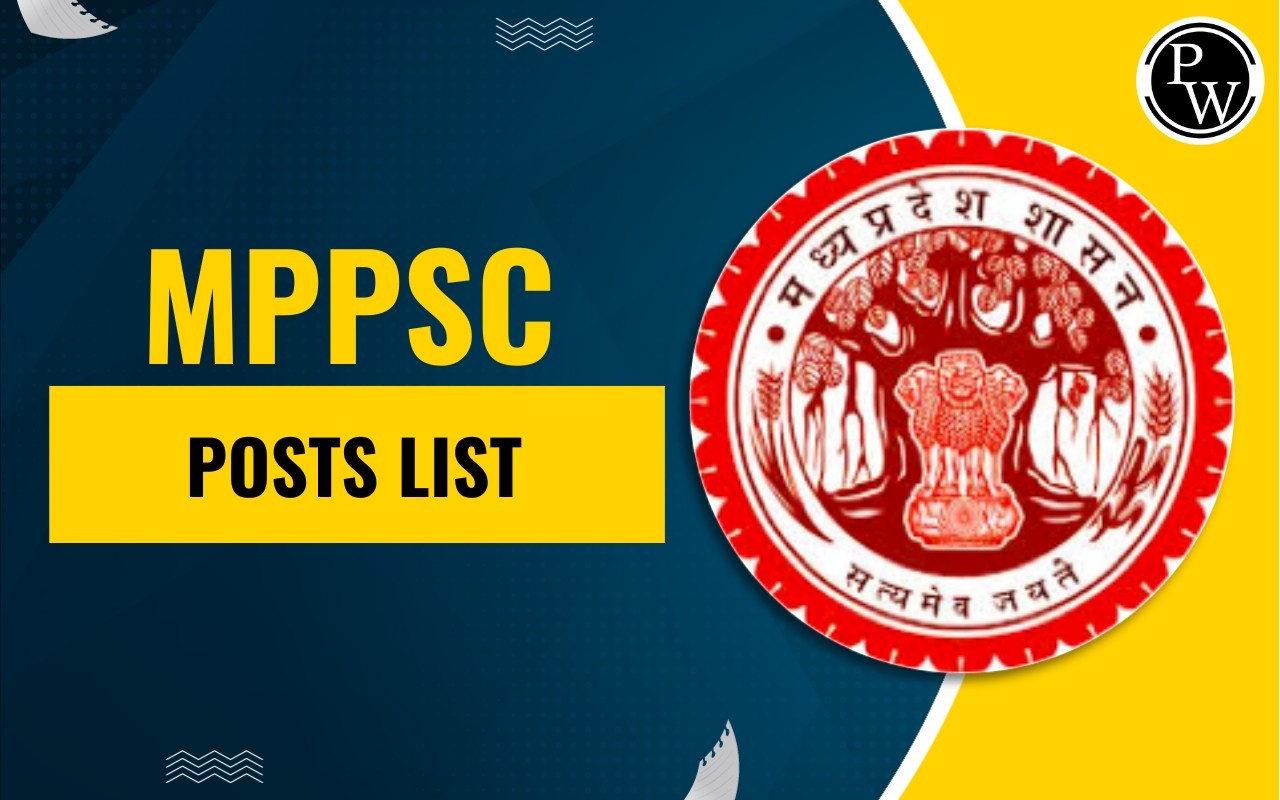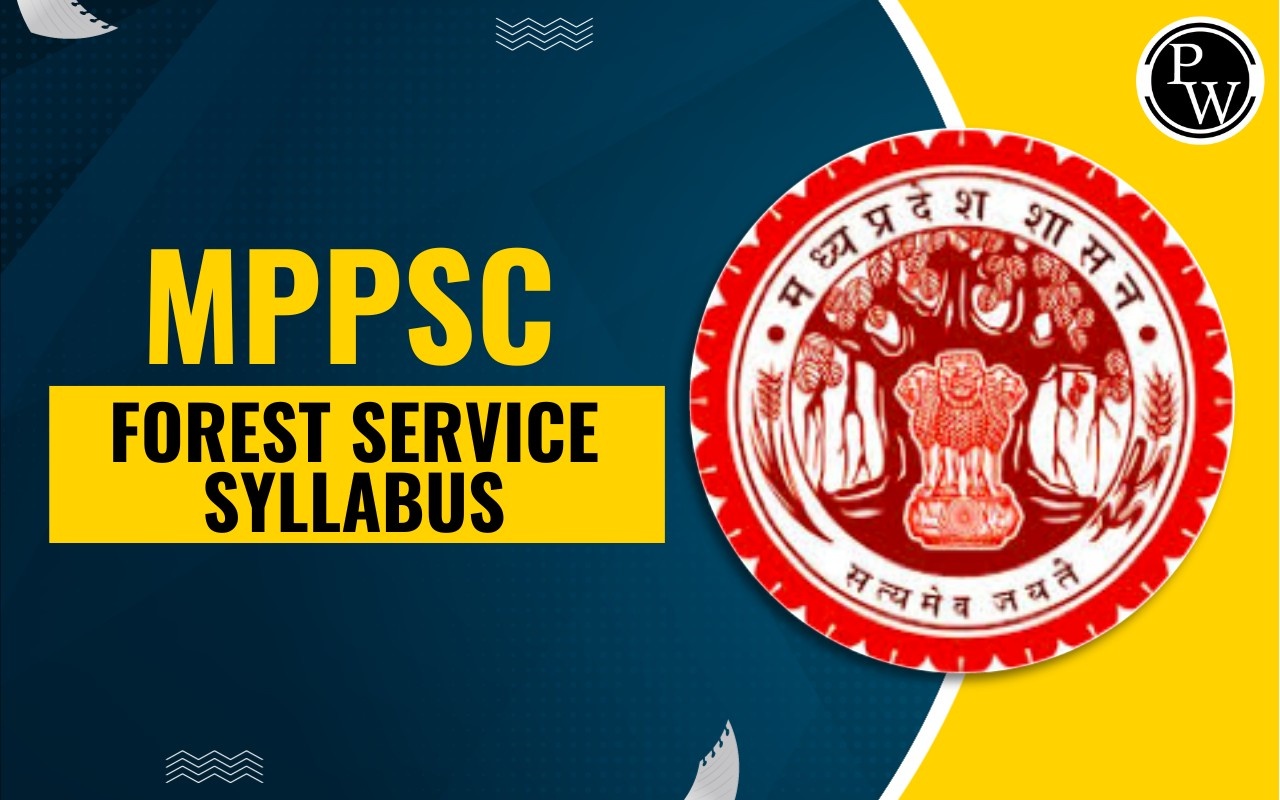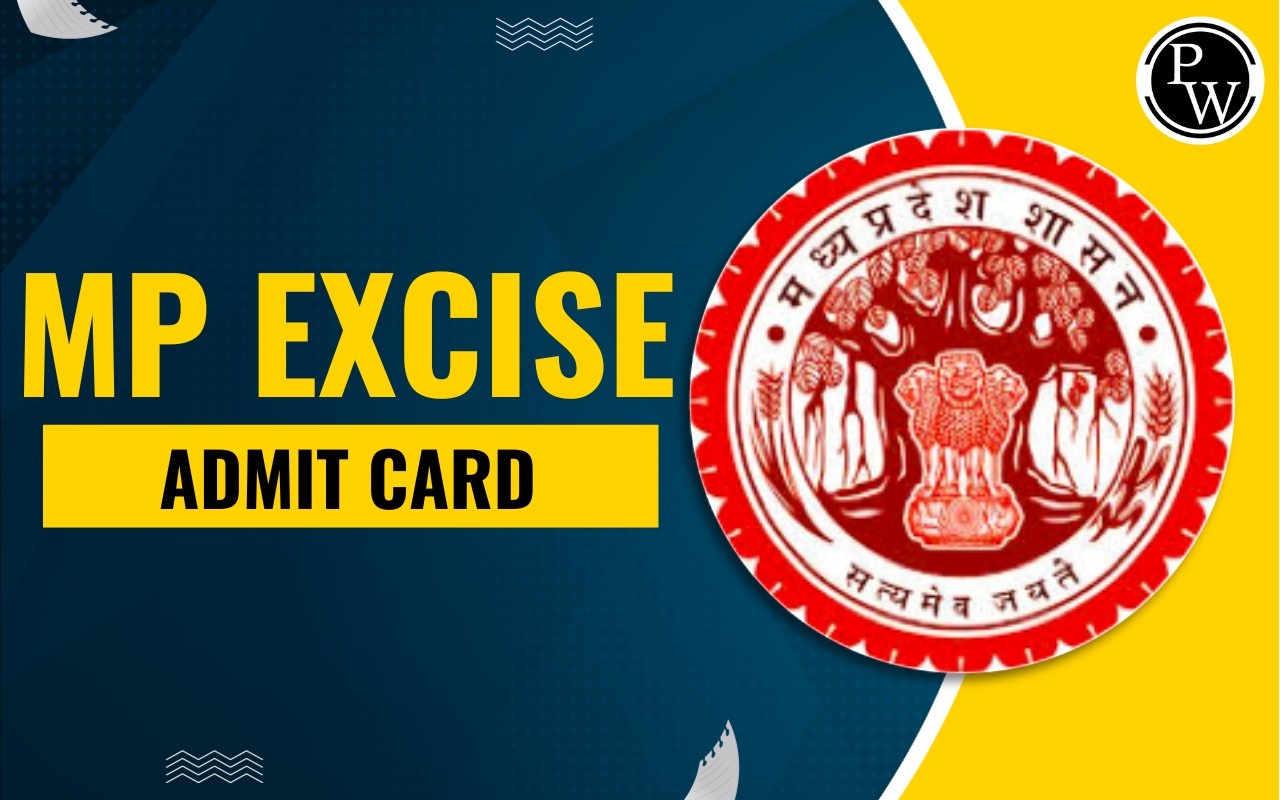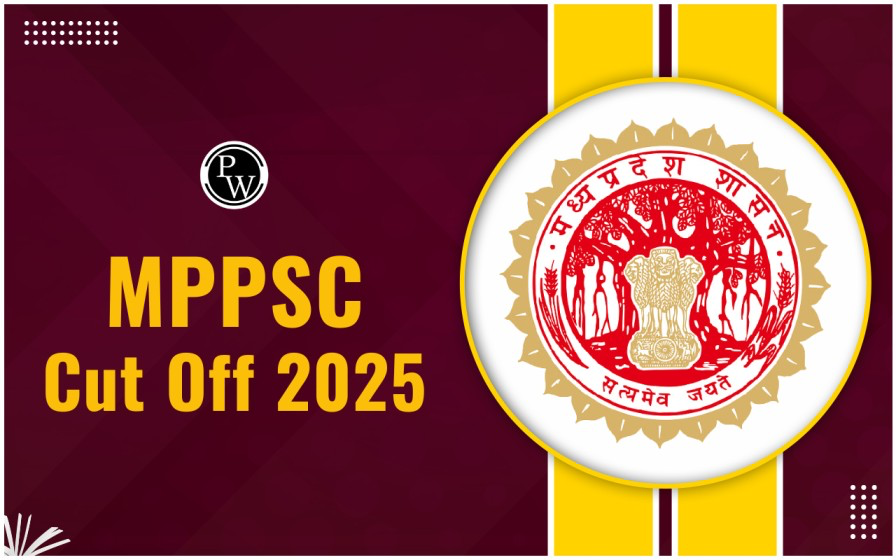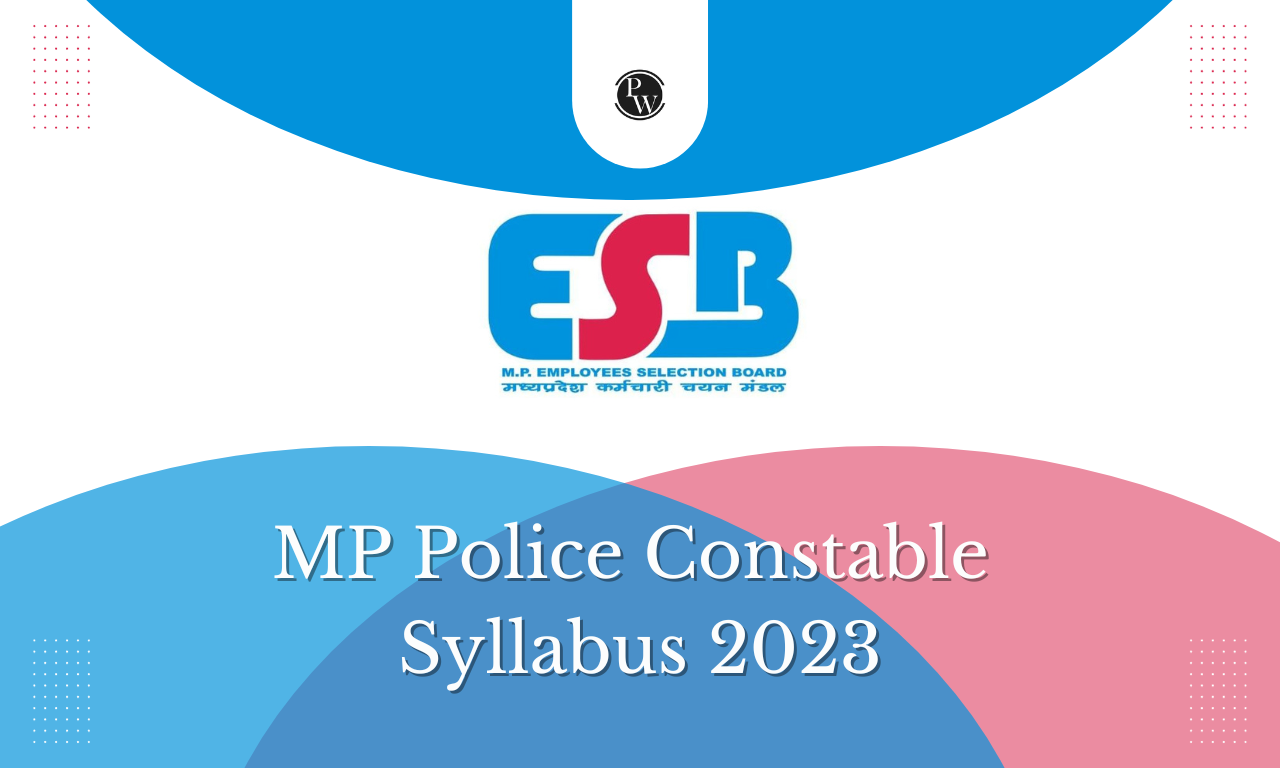

MPPSC Forest Service Syllabus 2025: The Madhya Pradesh Public Service Commission has released MPPSC Forest Service syllabus 2025. The candidates can go through the details of the MPPSC Forest Service Syllabus 2025 which has been discussed here in this page.
The syllabus and exam pattern will help the candidates to prepare for the upcoming examination. The MPPSC Forest Service Syllabus 2025 includes General Knowledge about India, General Hindi, General English, History, Culture, & Literature of MP, Geography, etc.MPPSC Forest Service Syllabus 2025
MPPSC Forest Service Syllabus 2025 has been released along with the notification on the official website @mppsc.mp.gov.in. The candidates can get details of the syllabus and exam pattern to prepare for the main examination. The exam pattern is the structure of the examination which includes the number of questions, subjects, sections, total marks, and duration. The MPPSC Forest Service Syllabus includes the topics and sub-topics that the candidates need to prepare. The selection process of the MP Public Service Commission includes Prelims, Mains, Interview, and PST/PET.MPPSC Forest Service Syllabus 2025 Overview
The candidates can go through the MPPSC Forest Service Syllabus 2025 Overview which has been mentioned below. This will help the candidates understand the recruitment process and the upcoming details of the MPPSC Forest Service 2025 examination.|
MPPSC Forest Service Syllabus 2025 Overview |
|
| Conducting Authority | Madhya Pradesh Public Service Commission |
| Exam | MPPSC Forest Service Exam 2025 |
| Post | Assistant Conservator of Forest |
| Vacancy | TBA |
| Selection Process | Prelims Mains Interview PST/PET |
| State | Madhya Pradesh |
| Official Website | mppsc.mp.gov.in |
MPPSC Forest Service Prelims Syllabus 2025
The MPPSC Forest Service Preliminary exam has two papers, each carrying 200 marks with a duration of 2 hours. The syllabus includes General Studies and General Aptitude. Candidates should prepare topics related to Madhya Pradesh's history, geography, environment, science, and aptitude skills like reasoning and comprehension. The exam is conducted in both Hindi and English languages.
|
MPPSC Forest Service Prelims Syllabus 2025 |
|||
|---|---|---|---|
|
Paper |
Subject |
Marks |
Duration |
|
Paper 1 |
General Studies |
200 |
2 hours |
|
Paper 2 |
General Aptitude |
200 |
2 hours |
MPPSC Forest Service Syllabus 2025 Mains
The candidates can go through the details of the MPPSC Forest Service Syllabus 2025 for the Mains. The candidates who are going to appear in the main examination must know the subjects and sections curated by the Madhya Pradesh PSC. Along with the syllabus, the candidates can also go through the previous year question paper.| MPPSC Forest Service Syllabus 2025 Mains | |
| Subject | Syllabus |
|
Section I - General Studies |
|
| General knowledge about India |
|
| General Hindi |
|
| General English |
|
| History, Culture & Literature of Madhya Pradesh |
|
| Geography of the Madhya Pradesh |
|
| 3. Politics and Economy of M.P. |
|
| 4. Current events of International, National, and M.P. |
|
| General Mathematics |
|
| 5.Information and Communication Technology |
|
|
Section B: Forestry and General Science |
|
| Unit I - Forest and Forestry | Definitions, terminology, history and background of forest, objective of forestry, role of forest(productive, protective and ameliorative), forest cover of India and M.P., influence of forest on environment, forest types of India . M.P., reasons for declining forest, classification of forest, Trees Outside Forest (TOF), state wise forest distribution and growing stock, silvics and silviculture, forest regeneration , some commercially important trees (botanical name and family) examples teak, shisham, sal, babul, harra, bahera, amla, tendu, palash, arjun, khair, mahua. |
| Unit II - Forest Utilization | Definitions, terminology, wood product, wood seasoning, wood preservation, plywood, particle-wood, pulp and paper, saw milling, logging, forest measurements (tree height, volume, biomass), non-wood forest products. fibres, flosses, grasses, tannin, gums, dye, resin, oleoresin, essential oils, tree borne oil seeds, medicinal plants. |
| Unit III - Forest Policy and Legislation |
|
| Unit IV - Forest Protection |
|
| Unit V - Tribes of Madhya Pradesh | Major Tribes of M.P. and its sub castes -Bhil, Gond, Baiga etc. Special backward tribes of M.P.- Baiga, Bhariya, Sahariya. General introduction, regions and their features of languages and dialects of tribes of M.P., Major institutions and museum for tribes in M.P., Festivals, Religious beliefs, Culture and traditions of tribes of M.P., Welfare Schemes of tribes, Role of tribes in forest protection. |
| Unit VI - Chemistry |
|
| Unit VII - Physics | Source of Energy - Conventional and new sources of Energy, source of solar energy, causes of origin of energy in the Sun, solar heating devices, solar cooker solar cell, wind energy, biogas, fossil fuels, ideal fuel properties of idea! fuel. Nuclear energy, nuclear Fission, Fusion, chain reaction, nuclear reactor, uses and harms of nuclear energy. General information about CREDA. Light - nature of light reflection of light, laws of reflection, reflection from plane and curved surface, image formation by plane convex and concave mirror, relation between focal length and radius of curvature, determination of focal length of concave mirror by single pin method. [Relation between u-v-f [numerical examples. Refraction of light - laws of refraction, refraction by glass slab, critical angle, total internal reflection, use of total internal reflection in daily life, lens [converging and diverging lens. Definition focal length optical centre image formation by lens Human eye. its defects and remedies. Comparison between photographic camera and human eye. Simple telescope and astronomical telescope. Construction working, uses, ray diagram [no formula derivation). Electricity and its effects - electric intensity, potential, potential difference, electric current Ohm's law. Resistance specific resistance, influencing factors, combination of resistance and related numerical examples thermal effect of current its use, calculation of power iT'S ranT -P-i-ents. Che.ioa, e.eCs or electric cont construction. ' f Magnetic M effect ° ' of current - Magnetic effect of current. Oersted experiment, electromagnetic accumulator cell induction' electric motor, working principle and use of generator, general studies of alternating current and direct current electric discharge ,n gases, discharge tube, cathode rays. X-rays and their properties. Magnetism - Magnet and its types artificial magnet, methods of preparing magnets, molecular theory of magnetism, demagnetization, magnetic keepers, magnetic lines offer and their properties. Plotting the lines offeree Terrestrial magnetism, magnetic storm, magnetic meridian geographical meridian, relation between VH1 and^ |
| Unit VIII - Biology | Animal nutrition - Types of nutrition. Autotrophic Nutrition, Heterotrophic Nutrition. Holozoic, Parasitic Saprophytic 'symbiotic. Insectivorous, important terms of nutrition process. Digestion in unicellular ceil animals [amoeba] and multicellular animal grasshoppers. Human digestive system and digestive process. Photosynthesis, main steps of the process, light reaction and dark reaction. Factors influencing Photosynthesis. Experiments related to photosynthesis. Respiration - Definition, respiratory organs of animals breathing and respiration. Types of respiration. Aerobic and anaerobic respiration, respiratory system of human beings and mechanism of respiration [general information], respiratory quotient [RQ] of carbohydrate, fat and protein. Transport of mineral and water in plants and animals [In context of human being] Composition and function of blood, structure and working of heart, structure and function of blood vessels [preliminary knowledge] coagulation of blood, blood group, blood transfusion, blood bank, function of lymph system, diseases related to heart. Excretion - excretion in plants and excretory products. Excretion in animal and excretory organs Excretion system of man and excretion process [general information] artificial kidney dialysis. Osmoregulation. Diseases related to kidney Control and coordination - coordination in plants and animal Phytohormones. Nervous system of human beings. Structure and function of human Brain and spinal cord, reflex action, endocrine glands hormone and their function. Reproduction and growth - type of reproduction Asexual reproduction fission, budding, regeneration, vegetative reproduction, layering, cutting, grafting. Parthenogenesis, sexual reproduction in plants, structure of flower and reproduction process [general information] pollination fertilization. Human reproductive system and reproduction process. Heredity and evolution - heredity and variation, the basis of heredity chromosome and DNA [preliminary information] gene sex determination preliminary knowledge of organic evolution [Oparin's theory only] |
| Unit IX - Environment |
|
| Unit X - Elementary Mathematics and General Mental Ability |
|
| Other Related Links of MPPSC Exam 2025 | |
| MPPSC Notification | MPPSC Salary |
| MPPSC Cut Off | MPPSC Syllabus |
| MPPSC Answer Key | MPPSC Eligibility Criteria |
| MPPSC Admit Card | MPPSC Apply Online |
| MPPSC Previous Year Question Paper | MPPSC Selection Process |
